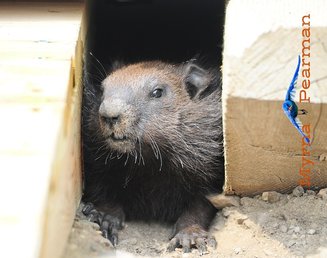 I thought it fitting to devote this blog to the groundhog, a mammal that was widely talked about earlier this month. Balzac Billy, Alberta’s spring prognosticator, emerged on February 2 and apparently saw his shadow. As we all know, Groundhog Day is the legend that the groundhog (woodchuck) comes out of its underground burrow on February 2 each winter to “predict” the weather. If it can see its shadow, there will be six more weeks of winter. If it cannot see its shadow, spring is just around the corner. Groundhog day apparently has its roots in ancient Christianity, when European clergy would bless and distribute candles needed for winter. The candles somehow predicted how long and cold the winter would be. German peoples expanded on the candle concept by adopting the hedgehog as their weather predictor. When these Germans first settled in the U.S., they continued the tradition but, since there were no hedgehogs, decided that the abundant groundhog would make a good substitute spring prognosticator. In 1887, the Punxsutawney (PA) Groundhog Club declared that a local groundhog named Phil was America's only true weather-forecasting groundhog. However, other groundhogs have since been given the honour. In Canada, regions celebrate their own local (real or stuffed) groundhog. Examples include Shubenacadie Sam in Nova Scotia, Wiatron Willie in Ontario, Winnipeg Willow in Manitoba and our own Balzac Billy in Alberta (who was apparently fabricated by a Calgary weather forecaster). In reality, all Alberta groundhogs (woodchucks) are still fast asleep in their underground burrows in February. Woodchucks spend most of their lives in a state of torpor (early in the fall and late in the spring) and (during the winter) true hibernation. They often retreat to their chambers in late August or September and don’t emerge until the following May. Males emerge before the females and young from the previous year. Woodchuck burrow and den systems, which are used for several seasons, are extensive, complex and well-maintained. The den pipes can be up to 30 m long, and each den complex can have several chambers. The chambers used for hibernation are lined with dried grass in the fall, and in the spring, natal chambers are made cozy with fresh nesting material. Woodchucks breed soon after they awaken in the spring. A single litter of two to six (usually four) young is born after a gestation period of about a month. The young emerge when they are six to seven weeks of age, which in Alberta is in late June or early July. Woodchucks, like all marmots, are vegetarians, are active during the day and will spend a lot of time dozing. They usually stay quite close to their dens, to which they can bolt to safety when needed. Their main predators include hawks, owls, foxes, coyotes, bobcats, weasels, dogs and humans. Their old burrows are often used by weasels, hares and other wildlife. It has been my good fortune to spend time watching and photographing these remarkable mammals over the past couple of summers. This particular colony of woodchucks has taken up residence under buildings, where the property managers have (thankfully) taken a keen interest in them and are committed to their conservation. Kudos to this organization for caring! What a thrill it has been to be able to observe these furry, buck-toothed, long-fingered rodents going about their lives… feeding, dozing and interacting with each other. It has been especially fascinating to watch the young after they first emerge: like all young mammals, they love to frolic with their siblings and explore their surroundings, usually under the watchful eye of their stern mother. Although I never did see any of them chuck wood, I was fascinated to watch them lick concrete, likely to obtain a few salts and minerals. I was also amazed by the length of their front claws, which are well-adapted for proficient excavation as well as to easily manipulate food items. Woodchucks are typically found in open fields or pastures that are surrounded by bush. Although their range extends across the central and northern parts of the province, and they may be locally common, it has been my observation that these mammals are not as plentiful as they once were. I would appreciate any reports of local families or colonies. Your comment will be posted after it is approved.
Leave a Reply. |
AuthorMyrna Pearman Archives
August 2022
|
All photos and published works on this website are copyright Myrna Pearman unless otherwise noted.
Re-posting these images or publishing is not permitted without Myrna's written consent.
Copyright Myrna Pearman Publishing 2024- Site design and maintenance by Carolyn Sandstrom
Re-posting these images or publishing is not permitted without Myrna's written consent.
Copyright Myrna Pearman Publishing 2024- Site design and maintenance by Carolyn Sandstrom

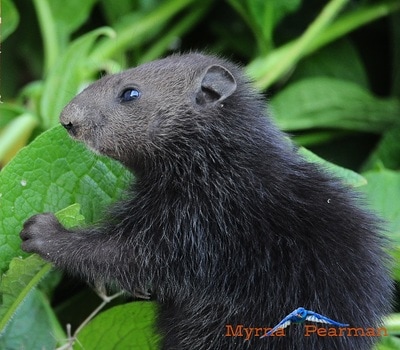
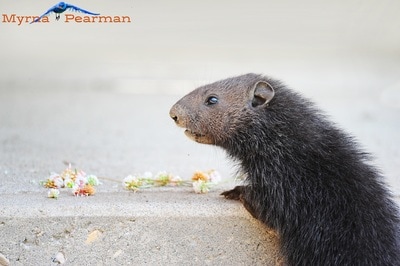
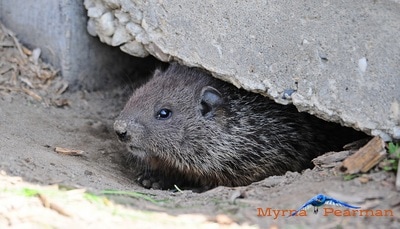
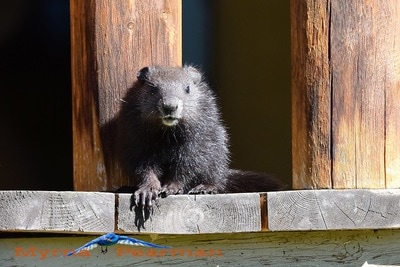
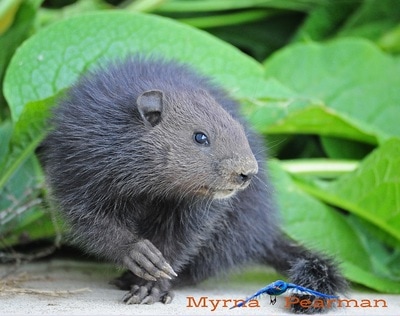
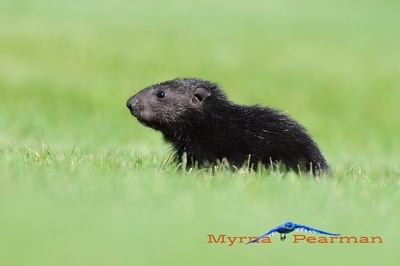
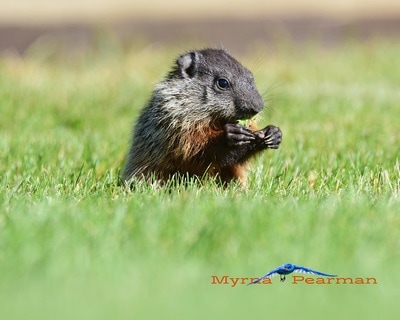

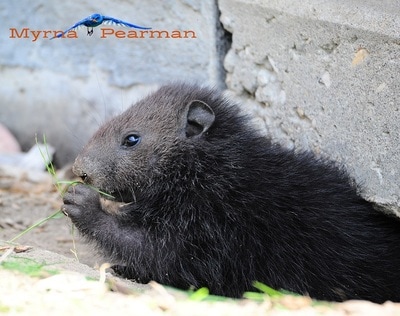
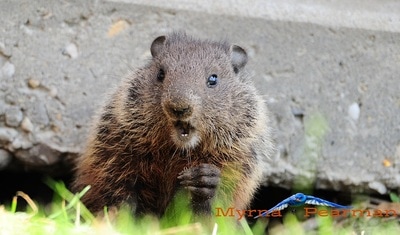
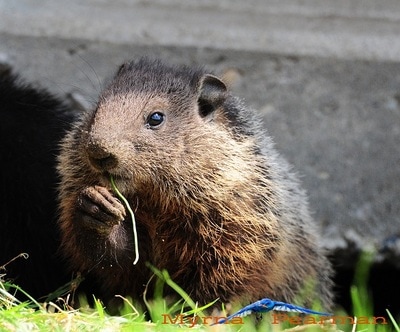
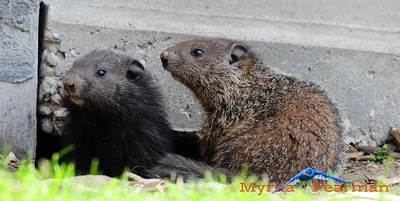
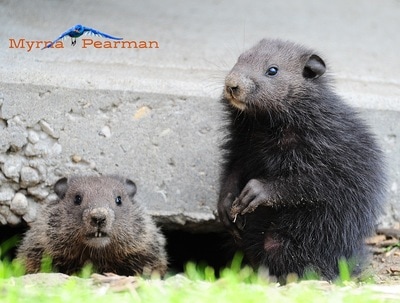
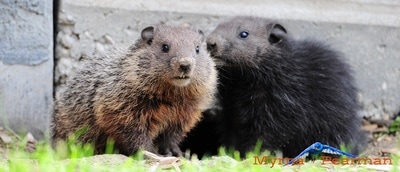
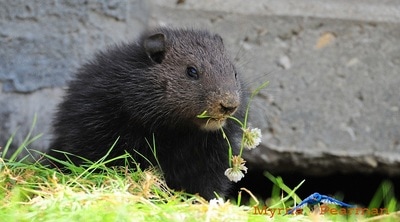
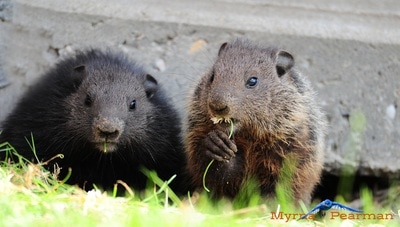
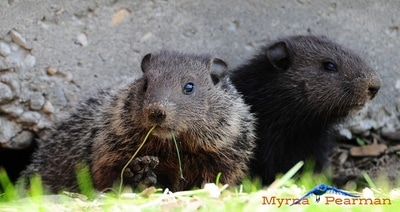

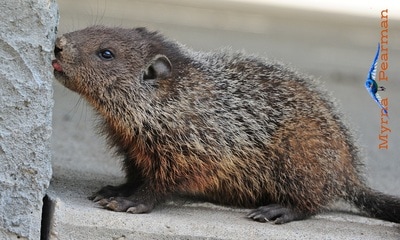
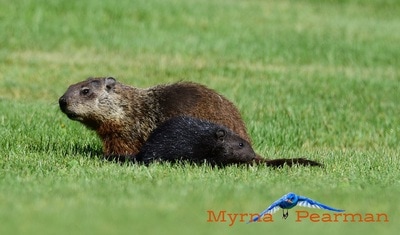
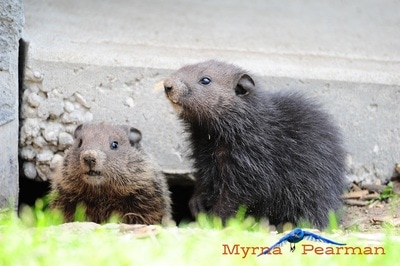
 RSS Feed
RSS Feed



15/2/2017
0 Comments